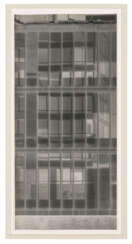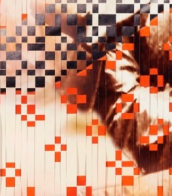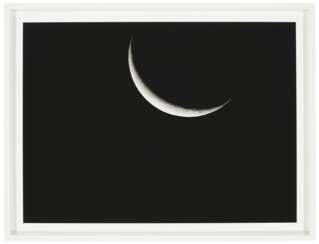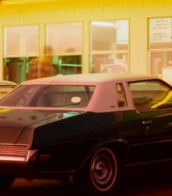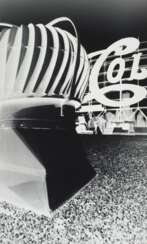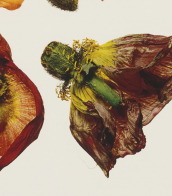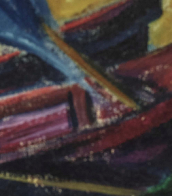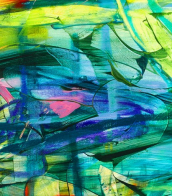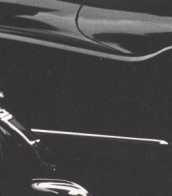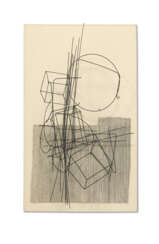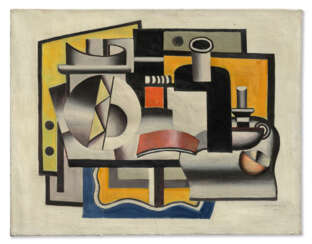vera lutter (1960)
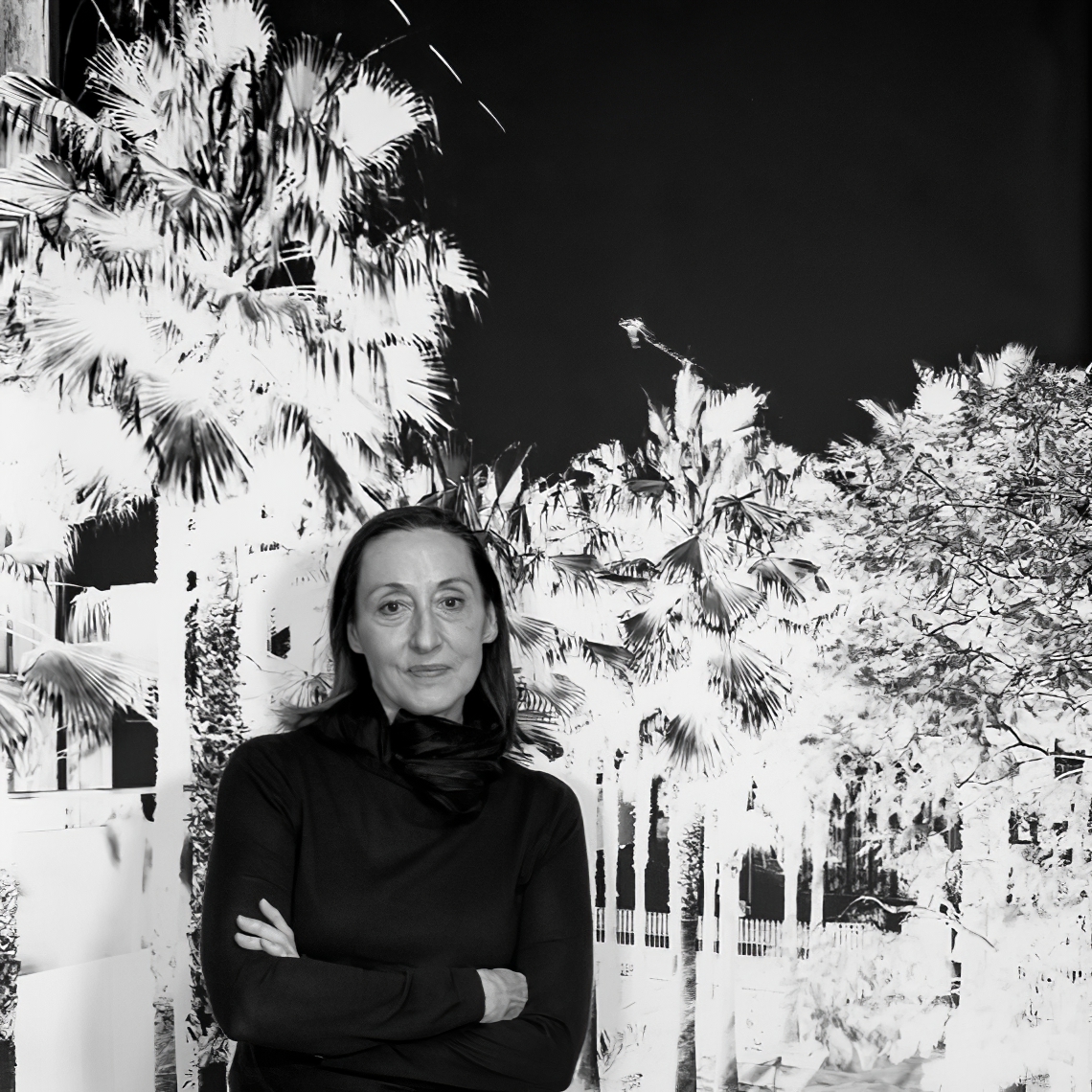
Vera Lutter is a German artist based in New York City. She works with several forms of digital media, including photography, projections, and video-sound installations. Through a multitude of processes, Lutter's oeuvre focuses on light and its ability to articulate the passing time and movement within a tangible image.
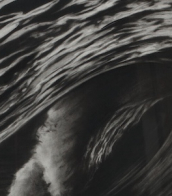

Vera Lutter is a German artist based in New York City. She works with several forms of digital media, including photography, projections, and video-sound installations. Through a multitude of processes, Lutter's oeuvre focuses on light and its ability to articulate the passing time and movement within a tangible image.
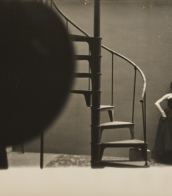

Vera Lutter is a German artist based in New York City. She works with several forms of digital media, including photography, projections, and video-sound installations. Through a multitude of processes, Lutter's oeuvre focuses on light and its ability to articulate the passing time and movement within a tangible image.
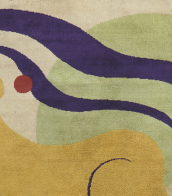

Vera Lutter is a German artist based in New York City. She works with several forms of digital media, including photography, projections, and video-sound installations. Through a multitude of processes, Lutter's oeuvre focuses on light and its ability to articulate the passing time and movement within a tangible image.
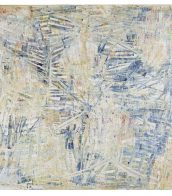

Vera Lutter is a German artist based in New York City. She works with several forms of digital media, including photography, projections, and video-sound installations. Through a multitude of processes, Lutter's oeuvre focuses on light and its ability to articulate the passing time and movement within a tangible image.


Vera Lutter is a German artist based in New York City. She works with several forms of digital media, including photography, projections, and video-sound installations. Through a multitude of processes, Lutter's oeuvre focuses on light and its ability to articulate the passing time and movement within a tangible image.
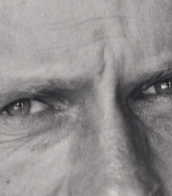

Vera Lutter is a German artist based in New York City. She works with several forms of digital media, including photography, projections, and video-sound installations. Through a multitude of processes, Lutter's oeuvre focuses on light and its ability to articulate the passing time and movement within a tangible image.
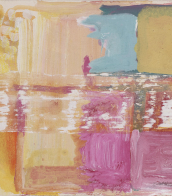
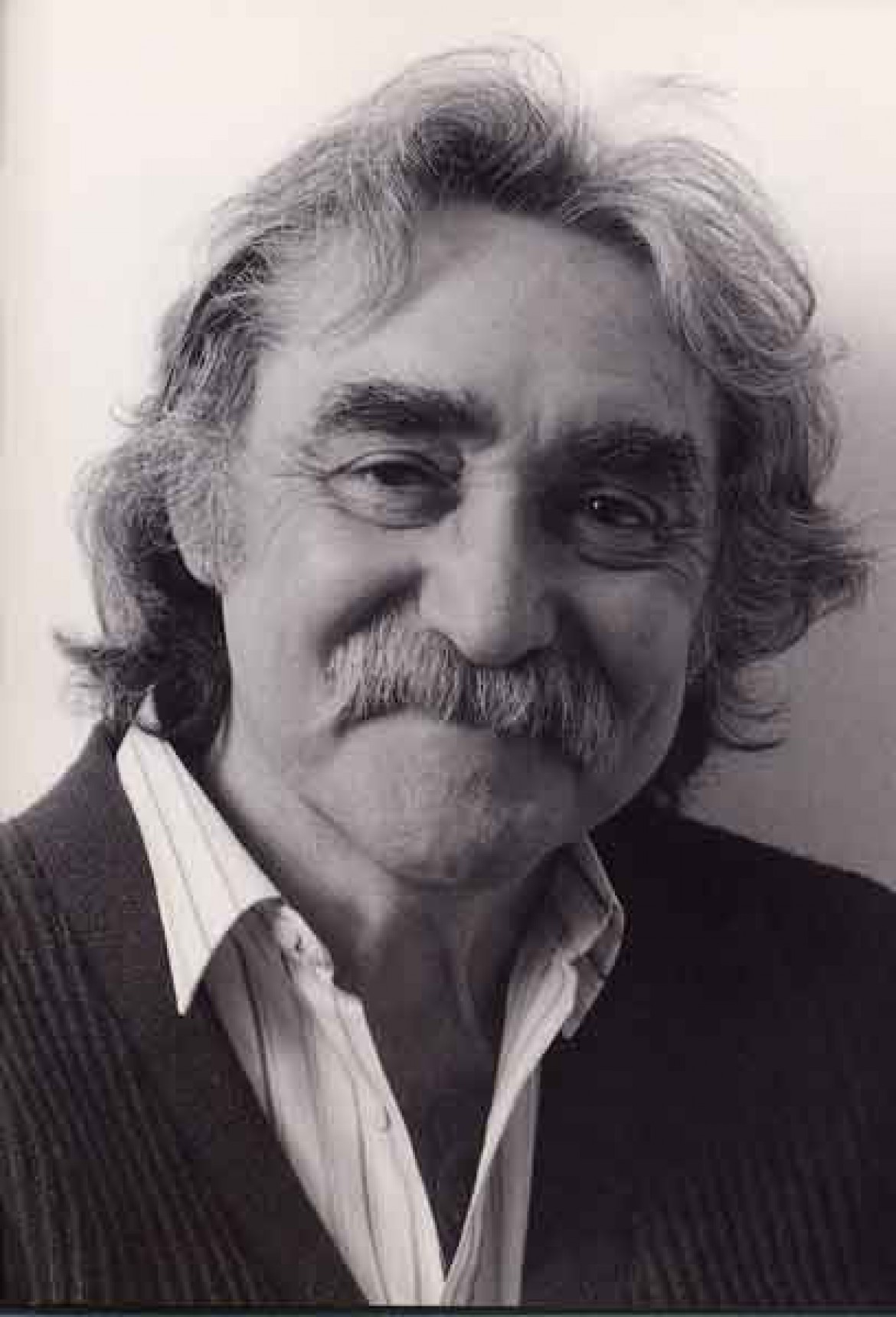
Jesús Rafael García Soto was a Venezuelan artist, renowned for his pioneering work in kinetic and op art, which sought to create an immersive experience that blurred the lines between the artwork and the viewer. Born in 1923, Soto embarked on a journey that would see him at the forefront of a movement that emphasized the visual dynamics of art, integrating sculpture, painting, and viewer participation in novel ways. His exploration of geometric abstraction and optical effects led to the development of his distinctive style, characterized by the use of materials such as plexiglass to create engaging optical illusions and vibrant, moving sculptures.
Soto's journey into the realms of kinetic art was marked by significant milestones, including his participation in the groundbreaking 1955 exhibition, Le Mouvement, at the Denise René gallery in Paris. This event was instrumental in defining the kinetic art movement, with Soto alongside artists like Yaacov Agam, Marcel Duchamp, and Victor Vasarely, presenting works that invited viewers to experience art in a dynamic, interactive manner. His quest for a new visual language led him to experiment with the dematerialization of form, creating artworks that seemed to dissolve into their surroundings, thereby challenging the viewer's perceptions of space and form.
Throughout his career, Soto remained dedicated to exploring the intrinsic relationships between space, movement, and viewer perception. His creations, ranging from the "Penetrables" series—immersive environments made of hanging strands that visitors could walk through—to large-scale murals and public sculptures, have been celebrated worldwide. His works are part of major collections and have been exhibited extensively, including at institutions such as the Museum of Modern Art in New York and the Tate Gallery in London, demonstrating his lasting influence on contemporary art.
For art collectors and enthusiasts intrigued by the fusion of art and motion, Jesús Rafael García Soto's work offers a profound exploration of the kinetic art movement's possibilities. His contributions to art are not just visual spectacles but invitations to engage directly with the kinetic energy and vibrancy of the world.
To stay updated on exhibitions and sales featuring Jesús Rafael García Soto's work, sign up for updates. This subscription ensures you're informed about new product sales and auction events related to this visionary artist, offering unique opportunities to experience the dynamism of kinetic art firsthand.
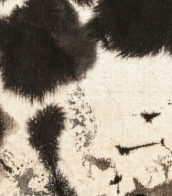
Joseph Fernand Henri Léger was a French artist renowned for his innovative approach to Cubism and his transition towards a figurative, populist style. Born in Argentan, Orne, Lower Normandy, Léger's early career was marked by a stint as an architectural draftsman and a series of educational pursuits that eventually led him to Paris, where he embraced painting seriously. His artistic journey was significantly influenced by the bold abstractions of Cubism, characterized by geometric shapes and a vibrant palette, distinguishing his work from his contemporaries with what came to be known as "Tubism".
Léger's service in World War I profoundly impacted his artistic direction, leading him to adopt a 'mechanical' style that depicted the modern industrial world with sleek, tubular forms. This period saw creations like "Soldier with a Pipe" and "The Card Players," reflecting his war experiences and the mechanical aesthetics of the time. The post-war era encouraged Léger to explore the mechanical style further, evident in works like "The Bargeman" and "Mechanical Elements," highlighting the pace of technological advancement.
Throughout his career, Léger's work evolved, notably in the 1920s, where he aligned with Purist ideas, blending classicism with modernity. This phase is exemplified in "Woman with a Cat," showcasing a classical form with a modern, polished finish. By the 1930s, Léger's art took a more figurative, populist turn, aiming to democratize contemporary art and make it more accessible. His commitment to art education, especially for the common worker, underscored his belief in the social role of art.
For those intrigued by Joseph Fernand Henri Léger's groundbreaking contributions to modern art, his works can be found in prestigious museums worldwide. His legacy continues to inspire art collectors and enthusiasts alike. To stay updated on exhibitions and auction events featuring Léger's work, sign up for updates and embrace the unique opportunity to explore the richness of his artistic endeavors.

